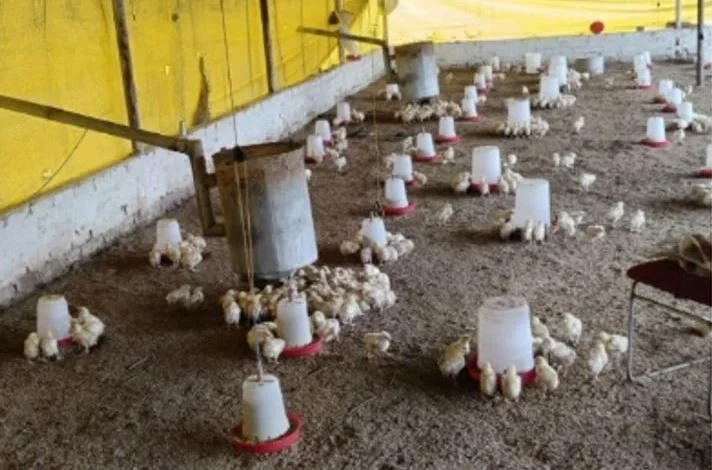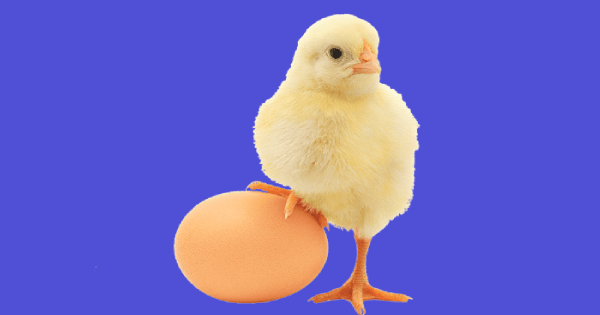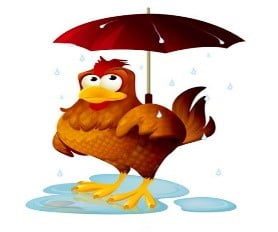WINTER MANAGEMENT IN POULTRY FARMING

WINTER MANAGEMENT IN POULTRY FARMING
Dr. Ankita Patel
Mvsc Scholar; Department of Animal nutrition
College Of Veterinary Science and Animal Husbandry
U.P. Pandit Deen Dayal Upadhyaya Pashu Chikitsa Vigyan Vishwavidyalaya Evam
Go-Anusandhan Sansthan (DUVASU), Mathura – 281001 (U.P.)
INTRODUCTION
Winter is one of the seasons which present very harsh temperature extremes and maintaining livability and production becomes very difficult without taking extra measures. Management in winter is very difficult and often described as double edges sword, as a very perfect balance is required between climate management and ventilation management. Similarly, a very careful decision making is required to reduce cost of production and to provide healthy environment at the same time. It requires ample of experience to understand the economic feasibility of cost involving management practices. Poultry can only regulate their body temperature within a narrow range of environmental temperatures. In the tropics, environmental temperatures are usually above this zone during most part of the year. Low ambient temperatures adversely affect the performance of poultry with meat-type birds being more susceptible than egg-type birds. There are several constraints affecting growth of the poultry industry, among which temperature-associated environmental challenges, especially adverse environmental condition (cold climate) imposes severe stress on birds and leads to reduced performance. Thermal discomfort may result in improper expression of genetic potential in birds and production performances of broiler chicken are greatly affected due to adverse ambient temperatures. At present, climatic variation is a key threat for poultry industry, especially for marginal poultry farmers in open-house systems; therefore, the management of poultry during winter is an important concern for poultry farmer. Following points should be considered to get better production from poultry during winter season:
FEEDING MANAGEMENT
As temperature drop, birds need more calories of energy to maintain their body temperature. So bird consumes more feed to compensate heat loss from body which led to poor feed efficiency. When bird consumes more feed it will also increase intake of protein and other nutrient through this feed. Protein and other nutrient use for energy production they become waste. To avoid this wastage the ration should be altered in such a way that energy content of ration is increase by using energy rich sources like oil, fat, etc and reduce protein and other nutrient content of ration by keeping energy at same level. In winter number of feeders should be increased as compared to summer. Feed should be available to the bird whole of the day. For proper growth of broiler during summer, diet containing 23% protein and 3100 Kcal ME/kg diet is needed. While in winter 3400 Kcal/kg ME and 23% protein is needed.
WATER MANAGEMENT
During winter season birds take less water so far maintenance of water in the body, it is necessary to give continuous supply of fresh water which can be taken by the bird. Water must be fresh and clean. The drinking water should be maintained at suitable temperature to promote water intake. Many of vaccines, medicine, or antistress vitamins are given to poultry through water. As water consumption of bird is reduced during winter season. Therefore, care should be taken that waterers are removed few hours prior to water medication and medicine, vaccine is given in less amount of water so that birds can consume total water and each bird get benefit of medicine, vaccine or other supplements.
HOUSING AND VENTILATION MANAGEMENT
Poultry house should be providing all the comfort during winter. House should be designed in a way that maximum sun light enters the shed during day time. Birds should be protected from chilled winds, for this gunny bags should be hanged at the places from where the cold air enters. These gunny bags should be hanged down as soon as sunlight goes in the evening till the arrival of sunlight next morning. External heat source is provided to keep the poultry shed warm and dry. False ceiling is often used to reduce the volume of shed. The restricted ventilation it causes ammonia build up in the air which causes respiratory problems. So, proper ventilation to provide fresh air and removing gases inside house is always required they need plenty of fresh air circulating around the house. For the purpose sliding windows are useful as they can be opened during day and closed during night. There should also be arrangement of exhaust fans to remove impure air.
LITTER MANAGEMENT
A good quality litter serves as an insulator in maintaining uniform temperature, also absorbs moisture and promotes drying. The rearing surface and bedding material should be always warm and dry. Around 6 inches of litter is needed in houses during winter. The litter gives warmth to the birds during winter. If litter management is proper, it will be felt quite warm when taken in hand. The wet litter and humid conditions provide a very suitable environment for gut pathogens like Coccidiosis and Clostridium.
BROODING MANAGEMENT
Start and adjust the brooder stoves 24 hours before the arrival of chicks. Ensure that they are working correctly. Adjust the temperature to 95°F (35°C) at the edge of the brooder 2 inches above the litter. Lower the temperature by 5°F each week until it reaches 70°F. Use of LPG operated Gas Brooders gives uniform heat. This results in proper growth and weight gain, which is more uniform. Infra Red Radiant Brooder can be placed 90 to 130 cm above the ground level. It is always safe to select the brooder, which has got international quality mark for safety and reliability.


